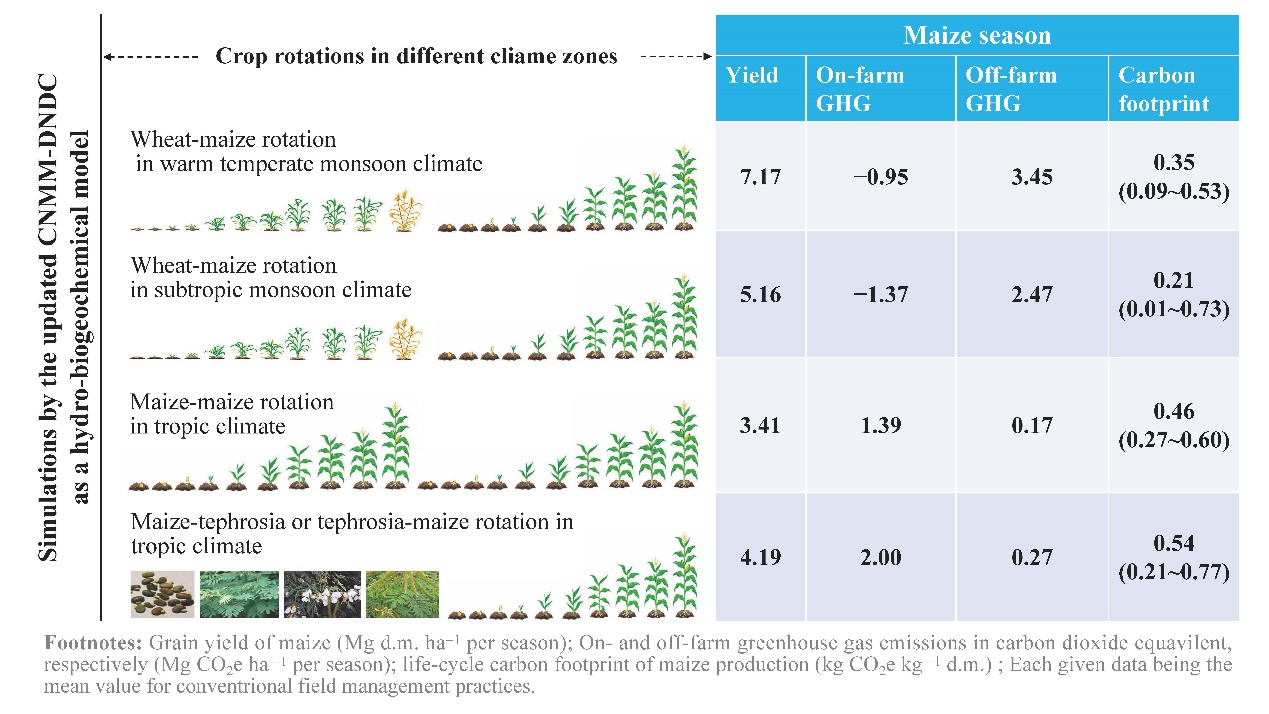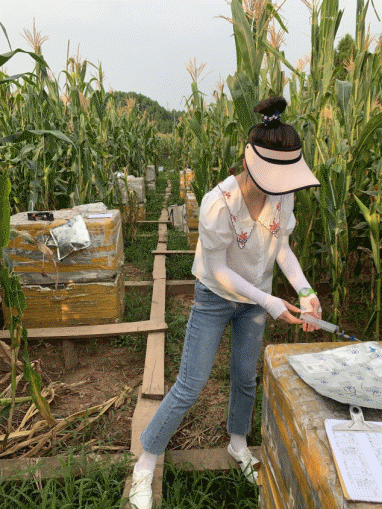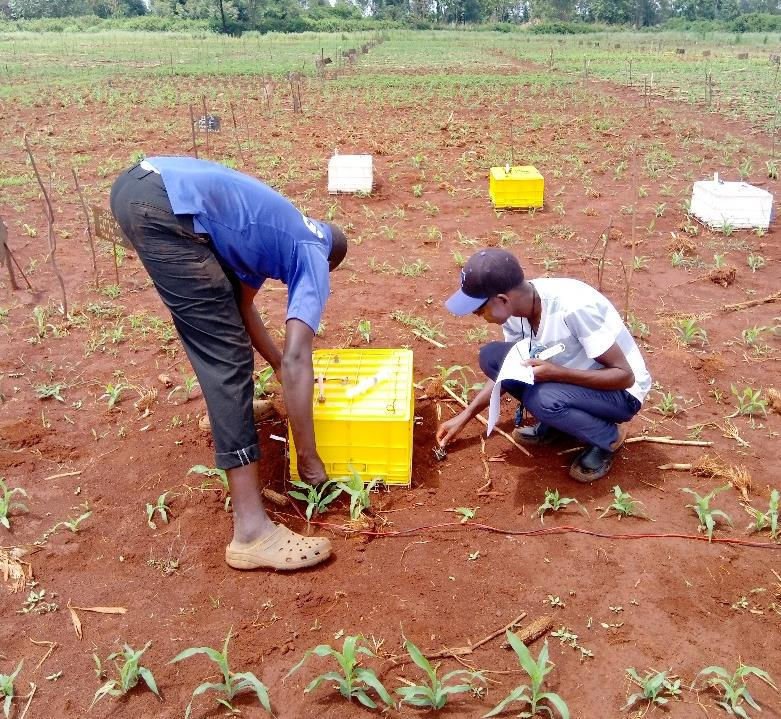New Study Charts Path for Low-Emission Corn Farming Across the Globe
Date:2025-09-08
Research identifies practical, high-yield strategies to significantly reduce the carbon footprint of maize cultivation in diverse climates.
A new international study led by the Institute of Atmospheric Physics at the Chinese Academy of Sciences offers farmers and policymakers a clear roadmap for growing one of the world’s most vital crops in a way that is both productive and better for the planet.
The research pinpoints specific farming practices that can reduce the greenhouse gas emissions of maize (corn) cultivation while maintaining high yields, a critical step toward sustainable global agriculture.
Published in Advances in Atmospheric Sciences, the study used a powerful computer model, called CNMM-DNDC, to analyze the complete “carbon footprint” of growing maize in three distinct climates: temperate (China), subtropical (China), and tropical (Kenya). The carbon footprint measures all greenhouse gases emitted from the production of fertilizers right up to the harvest of the crop.

Carbon footprint simulated by CNMM-DNDC model. (Image by Li Siqi)
“The challenge has been to find solutions that both feed the world and protect it,” the lead author Dr. Li Siqi explained her motivation of the study. “By integrating a ‘cradle-to-gate’ tracking method into our model, we can now precisely quantify the greenhouse gas emissions from farm and supply chain activities per bushel of corn. This gives us a powerful tool to identify the most effective mitigation strategies.”
The research revealed that a farm’s carbon footprint is highly dependent on its local climate and soil conditions. The study found that subtropical regions, like Yanting, China, had the lowest carbon footprint. This was attributed to efficient soil carbon storage and lower emissions from fertilizer manufacturing.

Field measurement in maize cultivation systems of Sichuan, China (Image by Su Yuanyuan)
In contrast, temperate regions like Yongji, China, had a moderate footprint, where significant soil carbon storage helped balance out high emissions from the fertilizer supply chain.
Tropical regions, such as Madeya, Kenya, faced the greatest challenge with the highest footprint, primarily due to soil carbon loss and lower yields, which made each harvested kilogram of corn more carbon-intensive.

Field measurement in maize cultivation systems of Madeya, Kenya (Image by Peter Bolo)
“Our study, examining the shifts in greenhouse gas emissions under integrated soil fertility management in long-term maize trials, provides robust evidence for climate-smart intensification in Africa.” Said Peter Bolo from the International Center for Tropical Agriculture in Nairobi, a co-author of the study.
The study moves beyond diagnosis to offer practical, “win-win” solutions that can slash emissions without sacrificing crop yield. Researchers highlighted that using a mix of synthetic and organic fertilizers reduces dependence on energy-intensive synthetic options, cutting down on off-farm emissions.
Another highly effective practice is recycling crop waste by returning leftover stalks and leaves to the field. This enhances soil health and turns the field into a natural carbon sink, pulling carbon from the atmosphere. The study noted that the benefits of this practice are most dramatic in tropical regions, where soils need help retaining carbon the most.
This research provides a data-driven foundation for the global agricultural community to adopt climate-smart farming. By implementing these tailored strategies, farmers can improve their sustainability, policymakers can craft informed incentives, and the industry can move toward a more secure and climate-resilient food system.
